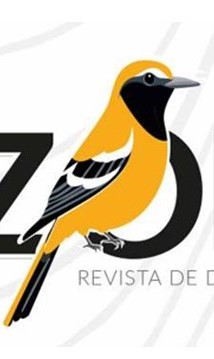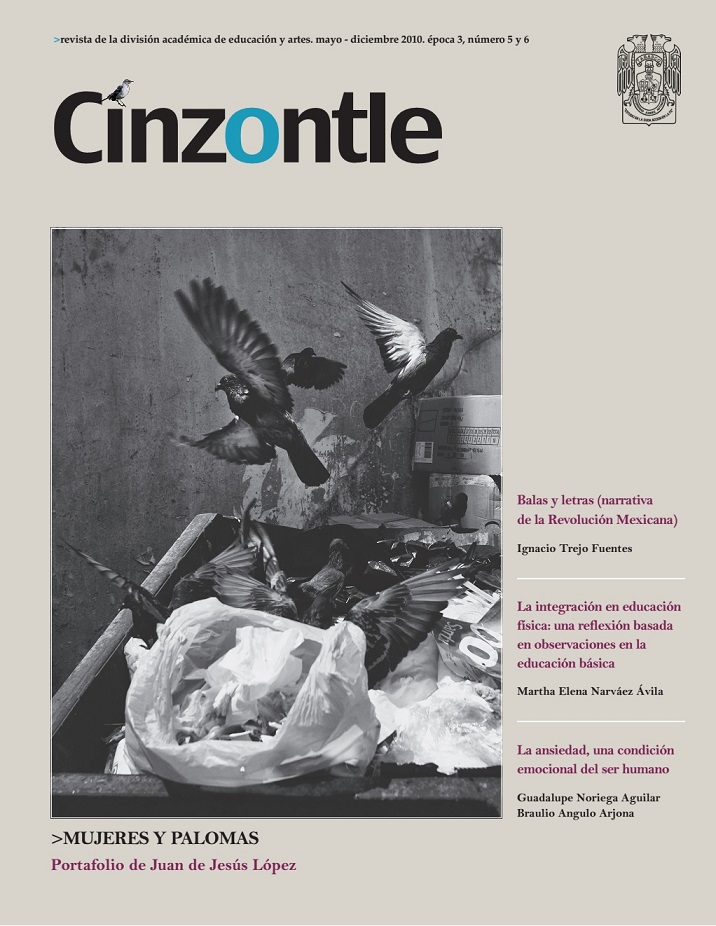Analysis of Learners’ Perception of the Pedagogical Usefulness of Messenger as a Call Application
Abstract
The purpose of this study is to analyze students’ perceptions of the pedagogical usefulness of messenger as a Computer Mediated Communication (CMC) application in second language learning. Our analysis will be presented as follows: first, a discussion of the pedagogical usefulness of CMC in L2 learning; second, an analysis of how our findings are similar or different to previous researches on Computer Mediated Communication (CMC); finally, the benefits and limitations of CMC in reference to other CALL applications.References
De la Fuente, M. J. (2003). Is SLA Interactionist Theory Relevant to CALL? A Study on the Effects of Computer-Mediated Interaction in L2 Vocabulary Acquisition, Computer Assisted Language Learning, 16, 47–81.
De los Arcos, B., Coleman, J., & Hampel, R. (2009). Learners’ anxiety in audiographic conferences: a discursive psychology approach to emotion talk. ReCALL, 21, 3–17 Helen.
Dippold, D. (2009). Peer feedback through Blogs: Student and teacher perceptions in an advanced German class. ReCALL, 21, 18–36.
Kessler, G. (2009). Student-initiated attention to form in Wiki-based collaborative writing, Language Learning and Technology, 13, 79-95, retrieved July 2, 2009 from: http://llt.msu.edu/vol13num1/kessler.pdf
Lyster, R. (2004). Differential effects of prompts and recasts in form-focussed in-struction. Studies in Second Language Ac-quisition, 26, 399-432.
Shang, S. (2007). An exploratory study of E-mail application on FL writing performance. Computer Assisted Language Learning 20, 79 – 96.
Pellettieri, J. (1994). Negotiation in the cyberspace: The role of chatting in the development of grammatical competence. In M. Warschauer, & R. Kern (Eds), Network-based Language Teaching: Concepts and Practice pp. 59-86. New York: Cambridge University Press.
VanPatten, B. (2003). From input to output: A guide to second language acquisition. NY: McGraw Hill.
Downloads
Published
Issue
Section
License
Usted es libre de:
- Compartir — copiar y redistribuir el material en cualquier medio o formato
- La licenciante no puede revocar estas libertades en tanto usted siga los términos de la licencia
Bajo los siguientes términos:
- Atribución — Usted debe dar crédito de manera adecuada , brindar un enlace a la licencia, e indicar si se han realizado cambios . Puede hacerlo en cualquier forma razonable, pero no de forma tal que sugiera que usted o su uso tienen el apoyo de la licenciante.
- NoComercial — Usted no puede hacer uso del material con propósitos comerciales .
- SinDerivadas — Si remezcla, transforma o crea a partir del material, no podrá distribuir el material modificado.
- No hay restricciones adicionales — No puede aplicar términos legales ni medidas tecnológicas que restrinjan legalmente a otras a hacer cualquier uso permitido por la licencia.
Avisos:
No tiene que cumplir con la licencia para elementos del materiale en el dominio público o cuando su uso esté permitido por una excepción o limitación aplicable.
No se dan garantías. La licencia podría no darle todos los permisos que necesita para el uso que tenga previsto. Por ejemplo, otros derechos como publicidad, privacidad, o derechos morales pueden limitar la forma en que utilice el material.


